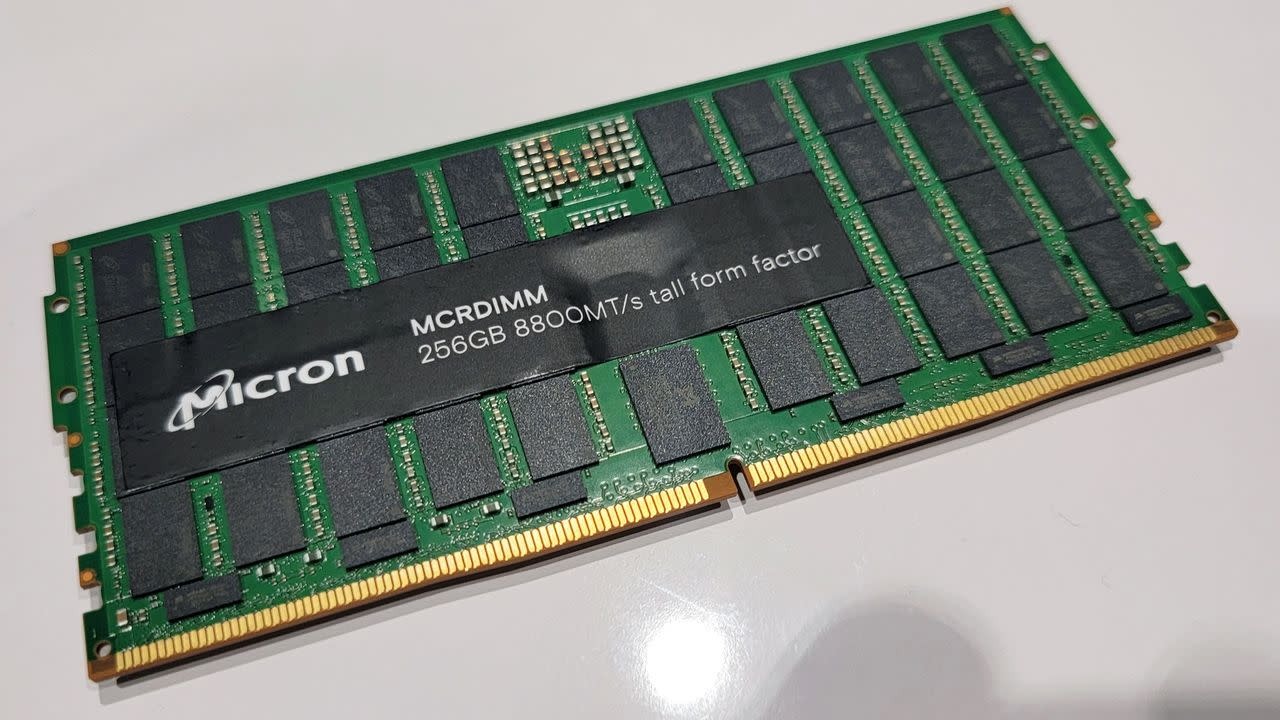AMD may have found a way to push DDR5 beyond its limits. A newly published patent outlines HB-DIMM RAM, a memory design that promises up to 12.8 Gbps bandwidth, double today’s DDR,5 without forcing a total platform overhaul.
HB-DIMM RAM boosts speed without breaking compatibility

Unlike rival solutions like SOCAMM2 or Micron’s MRDIMM, AMD’s HB-DIMM RAM focuses on compatibility first. The concept adds high-bandwidth components to standard DIMMs, including custom buffer chips and register clock drivers (RCDs), without redesigning the DRAM itself. As a result, HB-DIMM works with existing DDR5 sockets, consumer and server alike.
HB-DIMM RAM architecture details revealed
The secret lies in smarter signal routing and parallel access. AMD’s patent describes how the memory modules:
- Reach up to 12.8 Gbps bandwidth
- Keep DRAM chip layouts unchanged
- Use buffer chips to double transfer speeds
- Integrate RCDs for more efficient signal timing
- Support pseudo-channel and quad-rank switching
This hybrid approach blends high performance with drop-in convenience, something few competing standards can match.
Alternatives exist, but adoption remains unclear
HB-DIMM shares some DNA with Micron’s MRDIMM, which currently runs on Intel’s Xeon Granite Rapids platform. However, AMD appears to be building its own version for future EPYC processors. Meanwhile, SOCAMM2 has broader industry backing, so HB-DIMM may face adoption hurdles in enterprise and HPC markets.
HB-DIMM RAM targets both AI and gaming
AMD is clear about the target audience: AI workloads, HPC, and even gaming PCs. With flexible clocking modes and non-interleaved data paths, latency stays low while throughput rises sharply. It’s a future-proof pitch for machines that need more memory muscle fast.
A bold bet on better bandwidth
HB-DIMM RAM could give AMD a major edge if it hits the market soon. But timing is everything, and right now, the world’s watching SOCAMM2.














